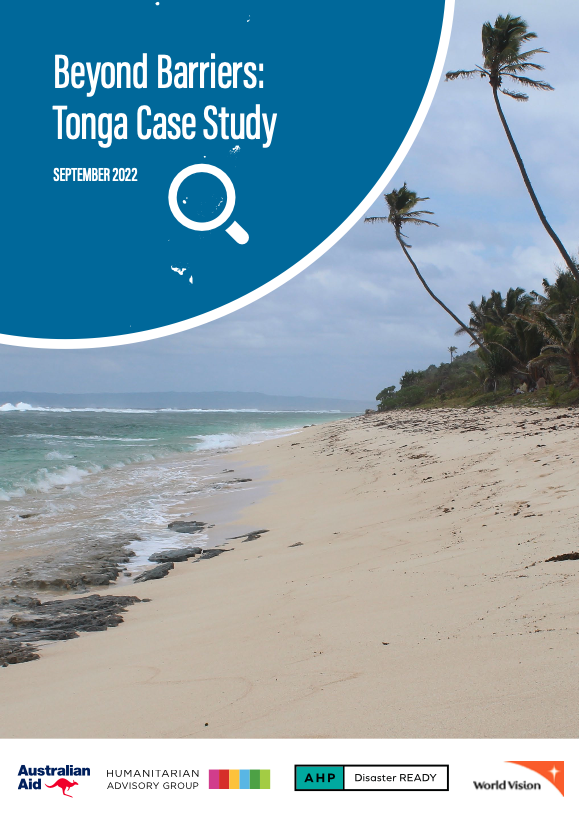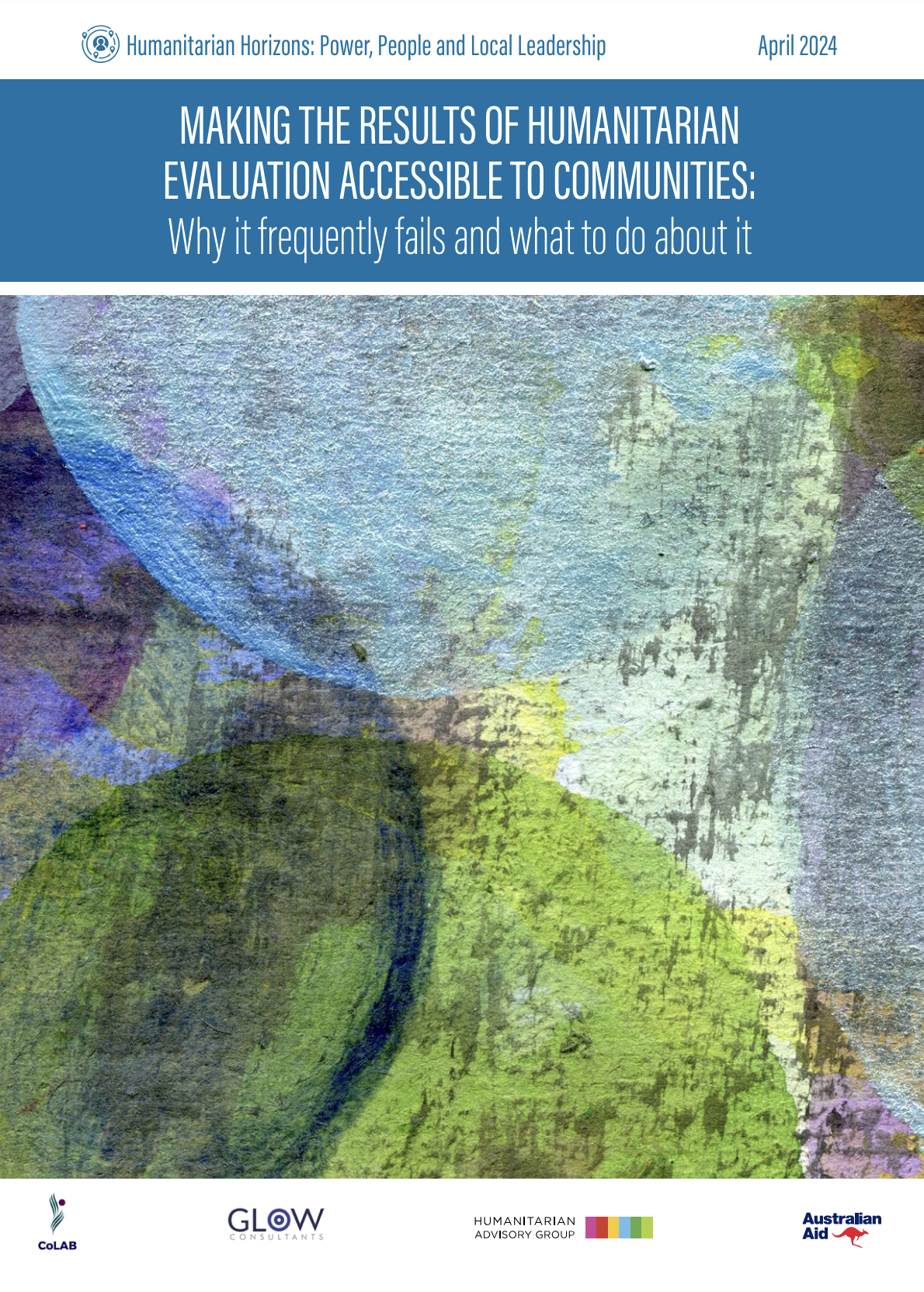Tonga is highly vulnerable to natural hazards, many of which are projected to be exacerbated by climate change. The Pacific is among the world’s most vulnerable region to disasters, with Tonga ranking in the top three world’s most vulnerable countries.2 As a result, disaster risk reduction (DRR) and climate change adaptation (CCA) continue to be major priorities for the Tongan Government.
Tonga was the first country in the Pacific region to develop a Joint National Action Plan (JNAP) on Climate Change Adaptation and Disaster Risk Management (DRM), an integrated plan to reduce the risks associated with disasters and climate change.3 The Government of Tonga has made significant progress towards mainstreaming DRR and CCA across all sectors. This case study explores Tonga’s progress in integrating CCA and DRR, identifying key themes and opportunities for stakeholders to advance approaches that reduce risk and enhance resilience at the community level in Tonga.
This case study aims to describe a country-specific approach to CCA and DRR integration and inform the strengthening of community-level outcomes. The study focuses on community programming in Tonga where Disaster READY is not active.
This case study will complement five other case studies of countries where Disaster READY is active, and additional Pacific-wide datasets which contributed to a final report addressing the overarching questions below.
- What are the existing challenges and opportunities in the implementation of integrated DRR and CCA programming?
- How can AHP programs strengthen the integration of DRR and CCA at the community level in case study countries?







